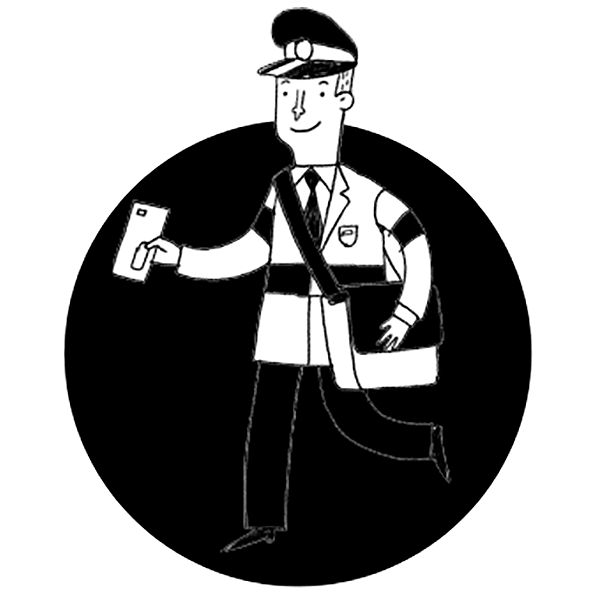I’ve been really fascinated by a few different articles and thought pieces I’ve read on conversation over the last few months. Here’s what I’ve learnt
1. We’re made for conversation – it’s hard wired into our brain function
2. Conversation boosts creative thinking
3. Conversation locks in understanding
Let’s explore those ideas a little more…
We’re made for conversation
In an article from Trends in Cognitive Science 2004, authors Simon Garrod and Martin J. Pickering explain how and why we find conversation easy (when really it’s an extremely complex cognitive process). Theoretically, we might find the free-flowing interactive, open-ended nature of a conversation difficult, but because of what the authors call ‘alignment’ we find conversation easy. Alignment is the process where the people conversing start to share language traits, speaking rhythms, points of view. They literally start to align with one another.
For me, this is the key to why conversation may be more useful as a ‘learning tool’ (in a debrief) than straight forward listening, because (here’s the sciency bit) “Interlocutors have to attend to what the other is saying in order to align.” Put simply, when we talk to each other, our brains are being made to work harder, or ‘attend’, and it’s this attention that delivers better insight and understanding…
Conversation boosts creative thinking
Another study has demonstrated how ‘getting-to-know you’ conversation is a useful tool in developing the right ‘cognitive’ conditions for effective thinking.
The study by Oscar Ybarra et al at the University of Michigan in 2012 demonstrated that when people engage in ‘cooperative interaction’ their Executive Function (EF)- their problem solving ability is enhanced.
Talking nicely to one another before participating in a problem solving/ creative challenge helps you work smarter…
Conversation locks in understanding
Apparently too saying something out loud helps you to ‘learn it’ better.
Back to Michigan… Johnson and Johnson, who have conducted studies of conversations, say: “It is in the act of speaking that people tend to organize cognitively what they know.”
Let’s think how the power of conversation can be harnessed in research…
Implications for Doing Research
Getting respondents chatting with each other in groups is a natural and useful way to get insight out. So let’s think about ways of pairing up respondents in groups and getting a conversation between them going. (I’ve got a feeling that one-on-one conversations are the most effective ‘cognitively’ because there is less down time when your mind switches off from what is being talked about). I talk in another article on ipad applications about how to record these conversations, so they can be captured and analysed.
Maybe too un-moderated groups (or at least part-sessions that are un-moderated) can also be conducted more commonly in groups. It feels to me that conversation is something different from Q&A – it is the sublime moment (for a researcher!) where ideas are exchanged freely and the moderator gently nudges and shepherds the direction of the conversation, but doesn’t impose on the conversation itself… well, un-moderated session might just achieve that moment even more effectively.
And the fact that conversation improves creative thinking also convinces me of how important the ‘waiting room’ moment is before a group starts. Great hostesses ‘warm up’ respondents and encourage chat, which I’ve always felt is about putting them at ease. But perhaps we should be using that pre-session gathering as a more formal way to start conversations between respondents so they buddy up and essentially get some cognitive ‘warm-up’ exercises under their belt.
Implications for Delivering Research Findings
I’m struck by how important conversation is for how we deliver findings too. The debrief presentation is often the very antithesis of ‘conversation’. With the researcher delivering their findings, and the rest of the group operating as an audience, it’s hardly an ideal way for ideas to lock in. Good debriefs always feel like the ones where people have engaged with the presentation, and that’s often because a conversation about what the research means has got going…
Don’t we need to find ways of building conversation into the delivery of research findings? Here are two ideas (that are also echoed in a piece on David Gurteen’s Blog (Knowledge letter 153 by Nancy Dixon) about how to build conversation into research findings..
1.Formally create a conversation session about the research as part of the meeting – ask the ‘audience’ to split into smaller groups and chat about what the research has meant to them and what they have taken out of it
2.Have individual researcher client conversations about the findings, don’t let the debrief be the way, or the only way research findings are delivered, make sure that the project gets discussed by key stakeholders with the researcher
So, let’s keep talking. If you want to know more about conversations, or you’d like to have a conversation with me do call me on 07738 180529 or tweet the street @Qualstreet.
If you use these ideas in your projects please credit me! Kath April, 2013
PS the start point for all this came from reading up on information cited in David Gurteen’s Knowledge Letters…



